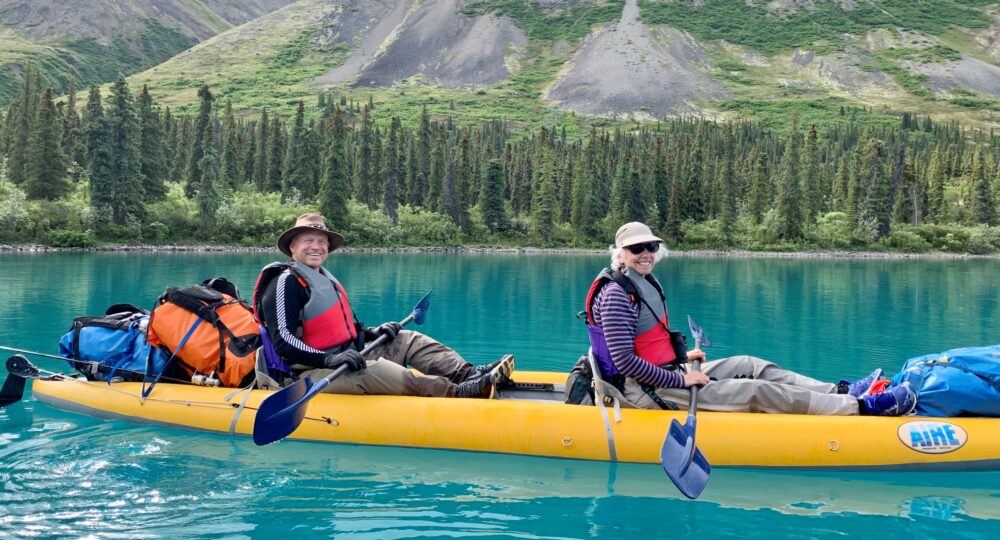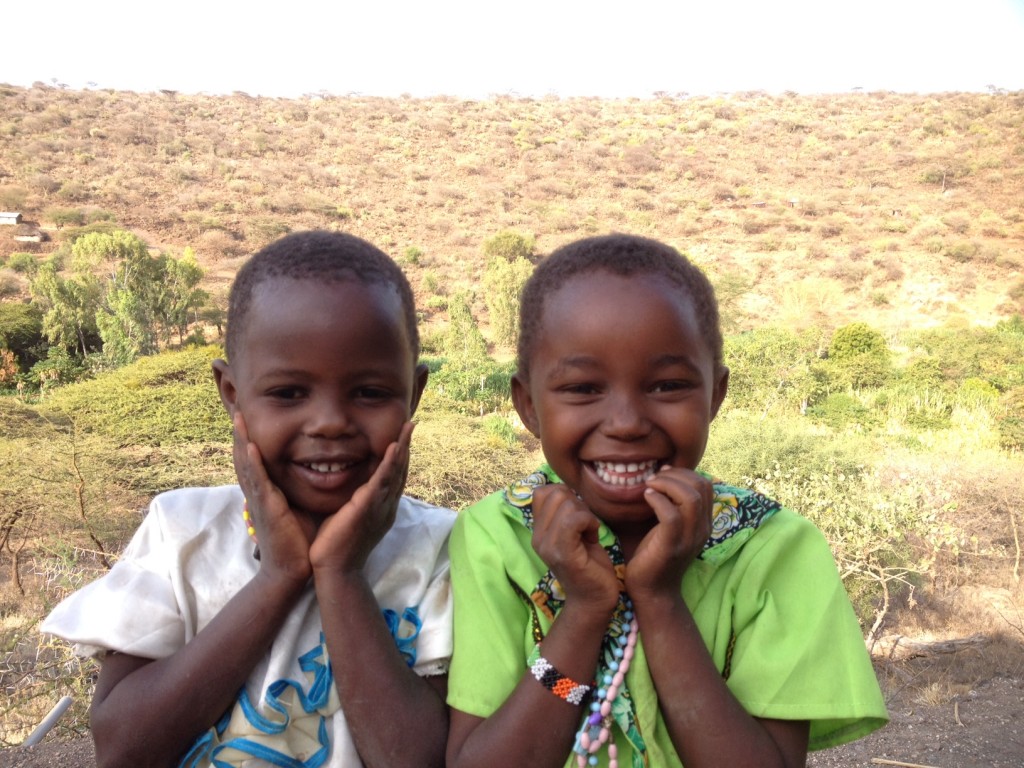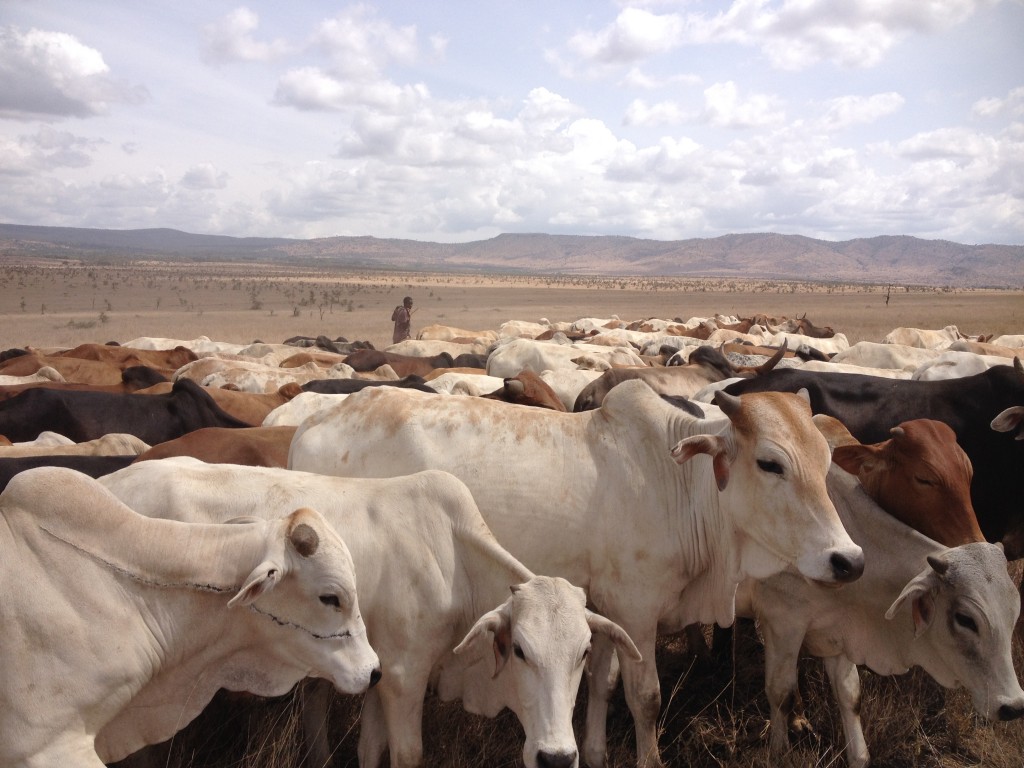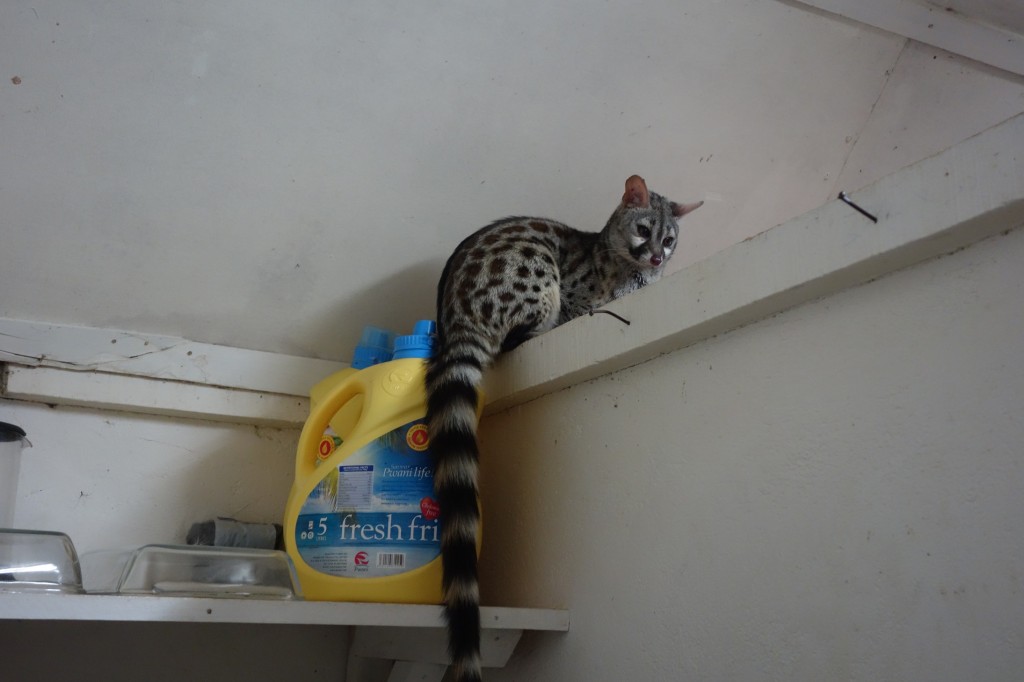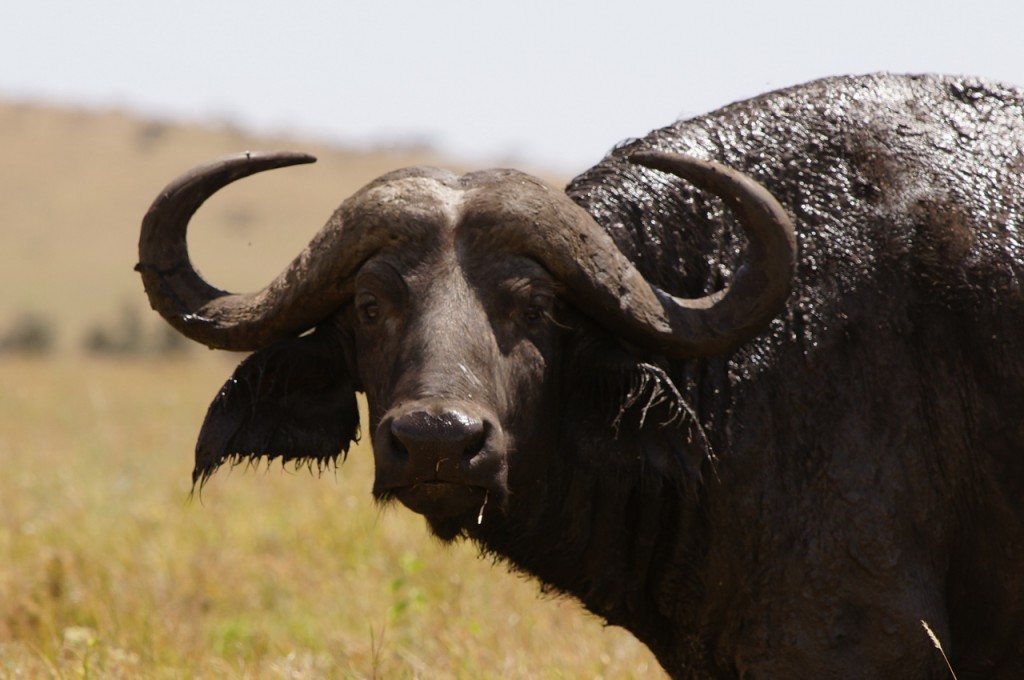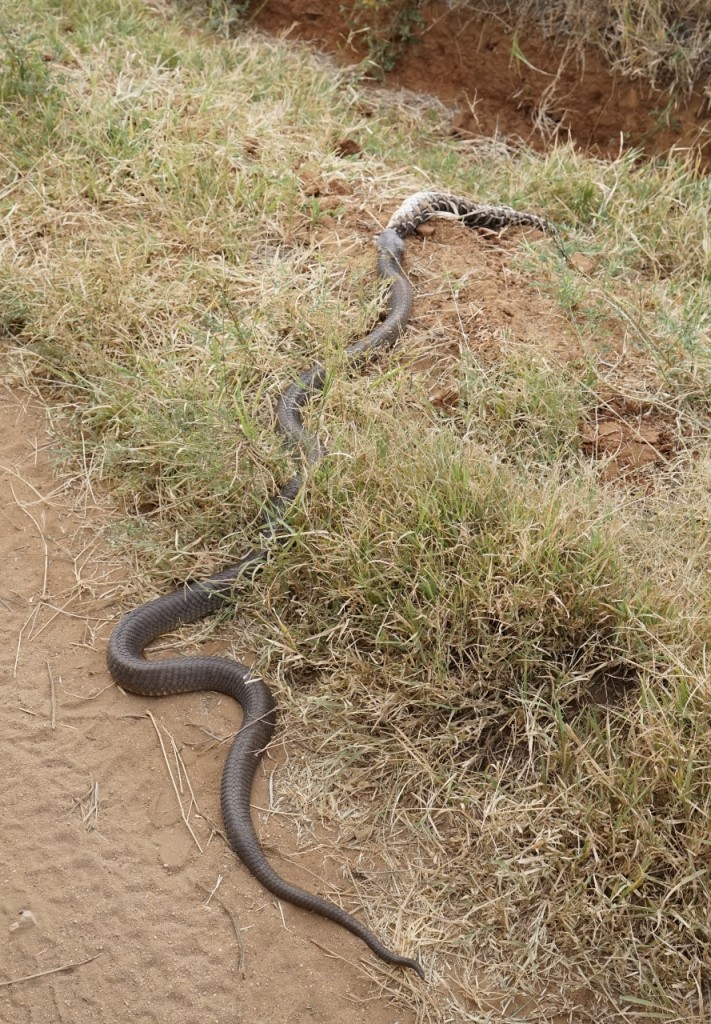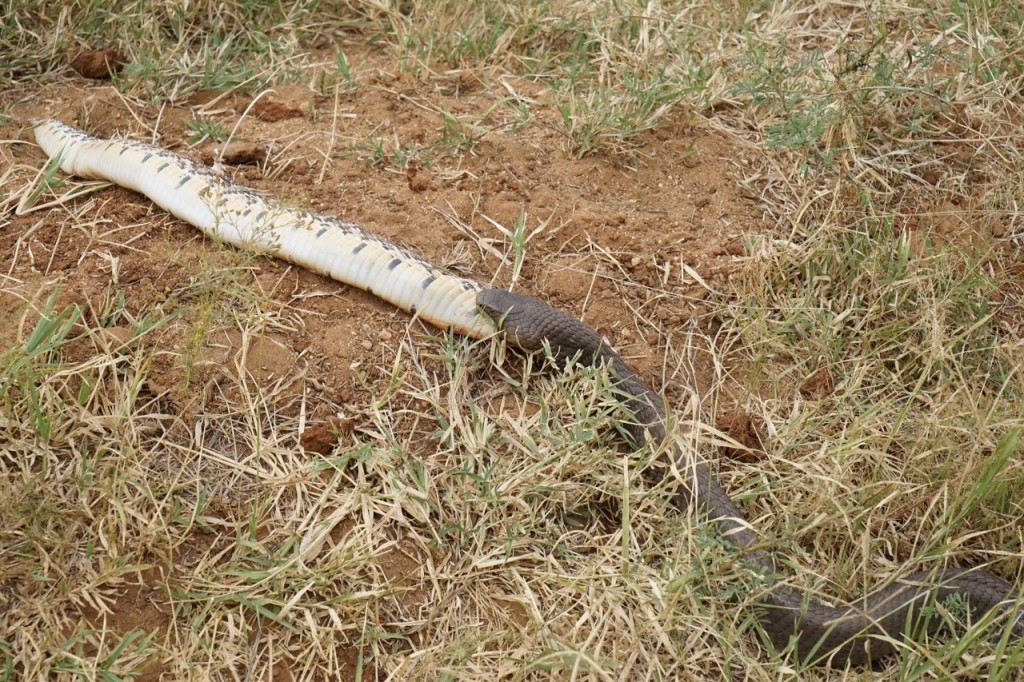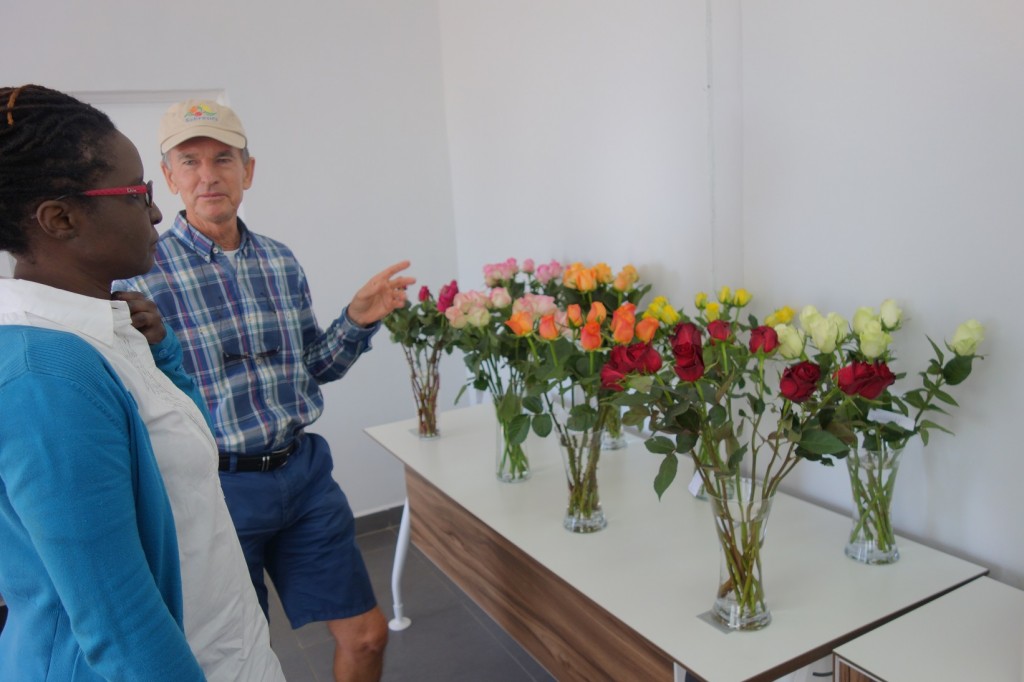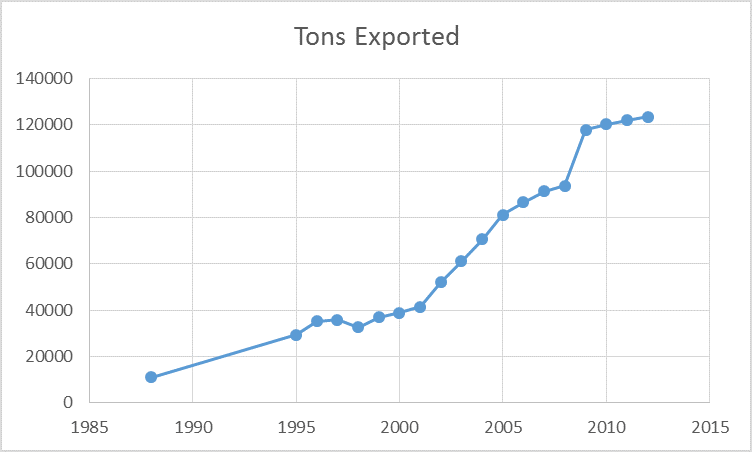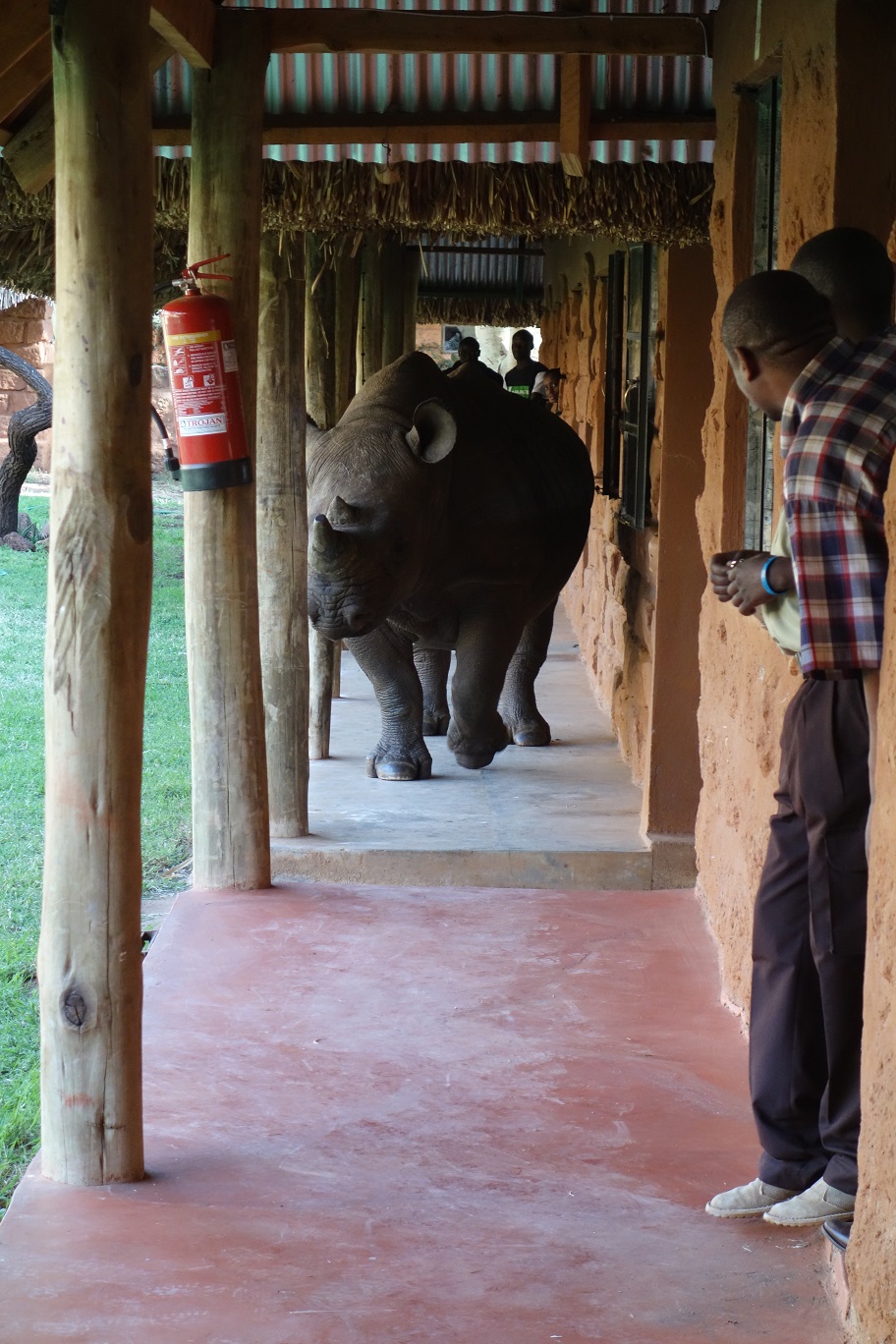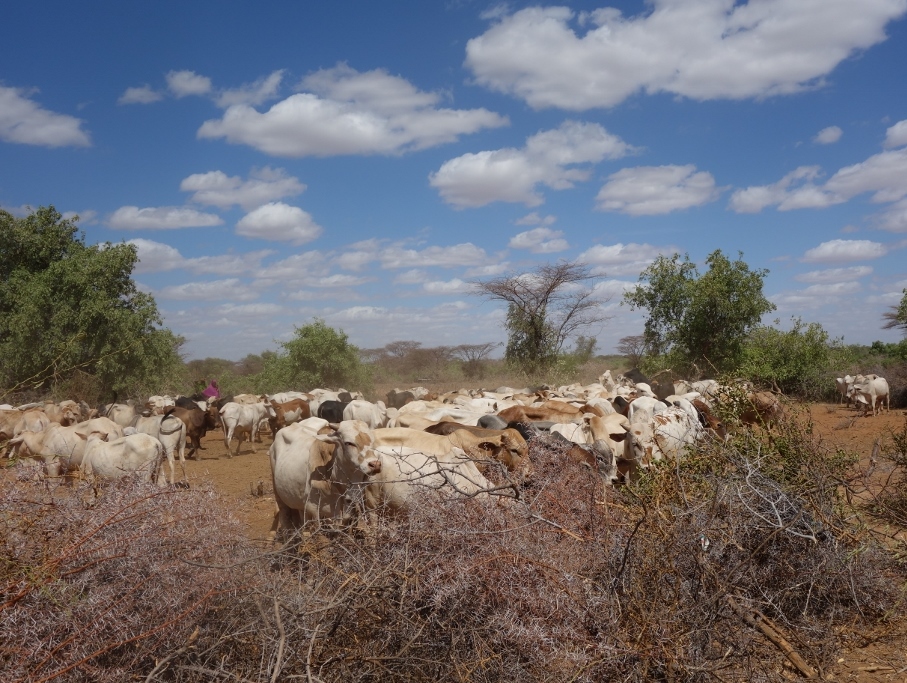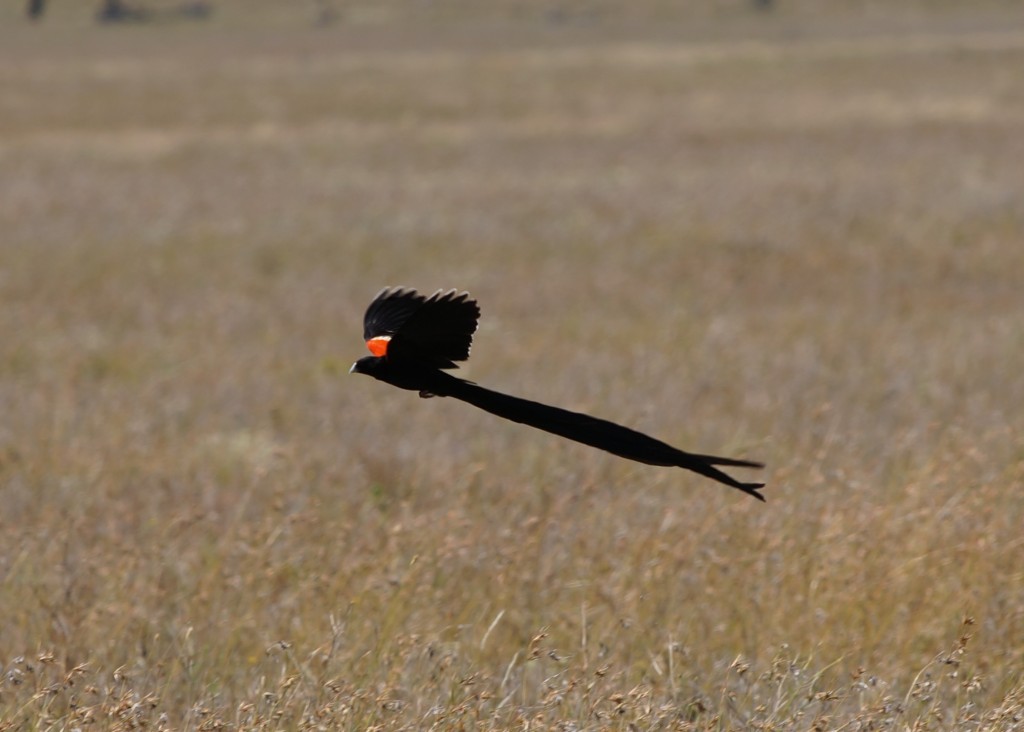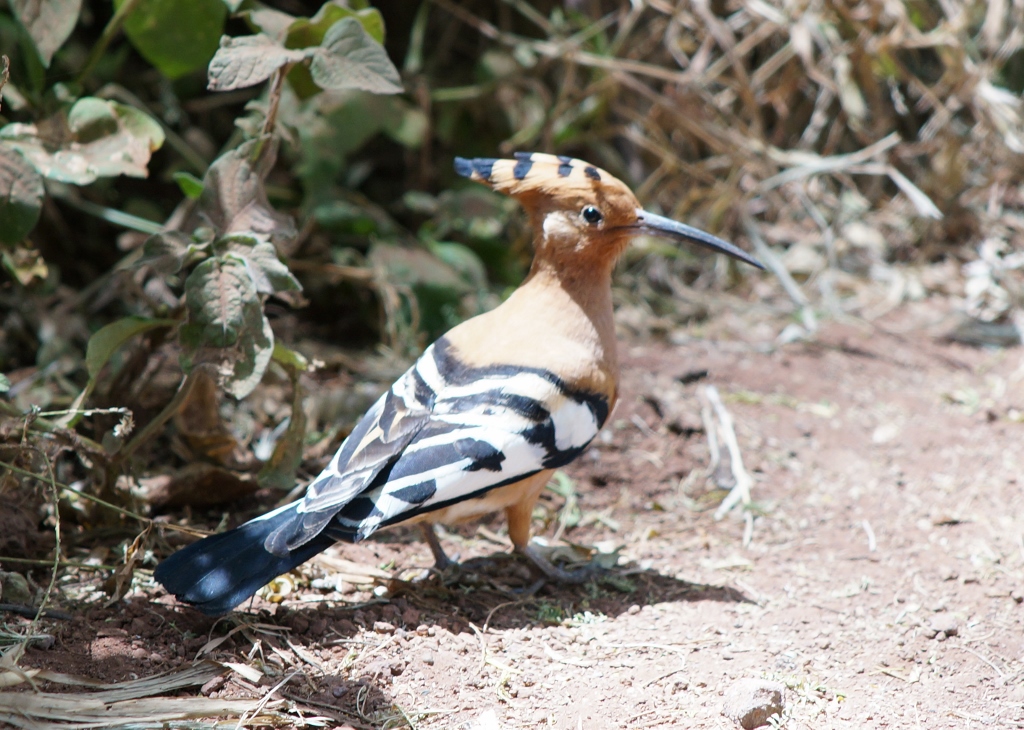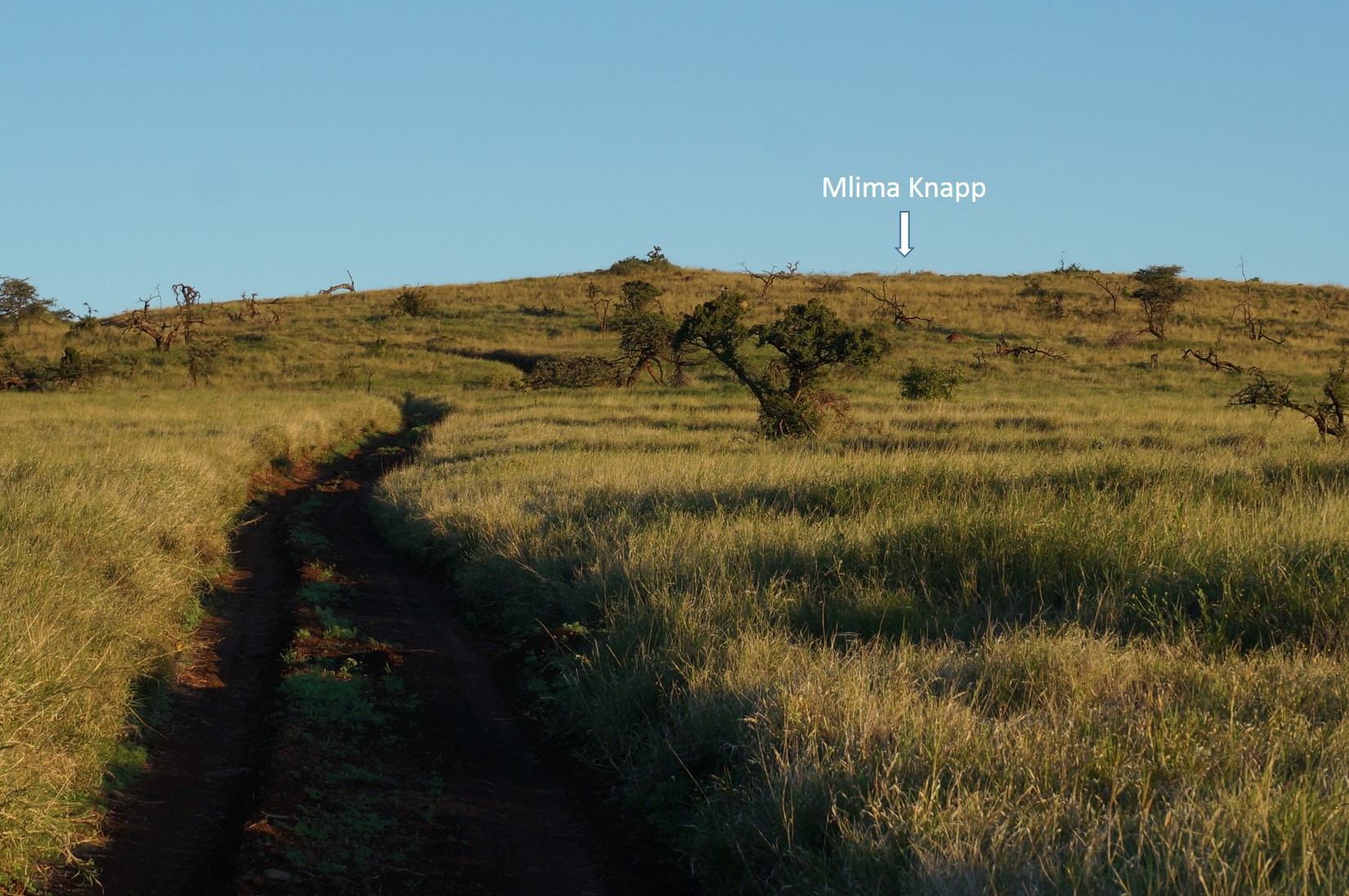4:05 p.m. I was running late. My brother, Phil, his new wife Leslie and stepdaughter Katie expected to be picked up in Leparua – a teeth-rattling 45 minute drive away – at 4:30. Leparua is the community Conservancy just north of Lewa and just outside the range of Safaricom’s cellphone towers; from a communication standpoint, it’s on the other side of the moon. I’d dropped Phil and company off at 10 a.m. to spend the day in the bush with Silas, our favorite Masaai warrior. It was the first time we’d left guests unattended outside the gate and I was a little nervous. Would they be flush and happy after a day of adventure or dusty, sweaty and irritated, waiting impatiently for me to retrieve them?
I accelerated into forth gear, broke the Lewa speed limit and flew along at nearly 30 mph. Half way there, as I entered the Leparua valley, the hairpin turns, loose gravel and large rocks forced me to downshift into second and slow to 10 mph least the car vibrate to pieces. I ignored a group of magnificent Kudu grazing on a hillside and arrived at the gate at exactly 4:45 p.m., only 15 minutes late and well within “Kenyan time.” I drove up the steep slope to Sila’s house expecting to see Phil, Leslie and Katie sitting in the shade drinking tea. The house was locked and curtains drawn. I took a folding chair out of the back of my car and sat down on the ledge wondering where everyone was.
Continue reading
